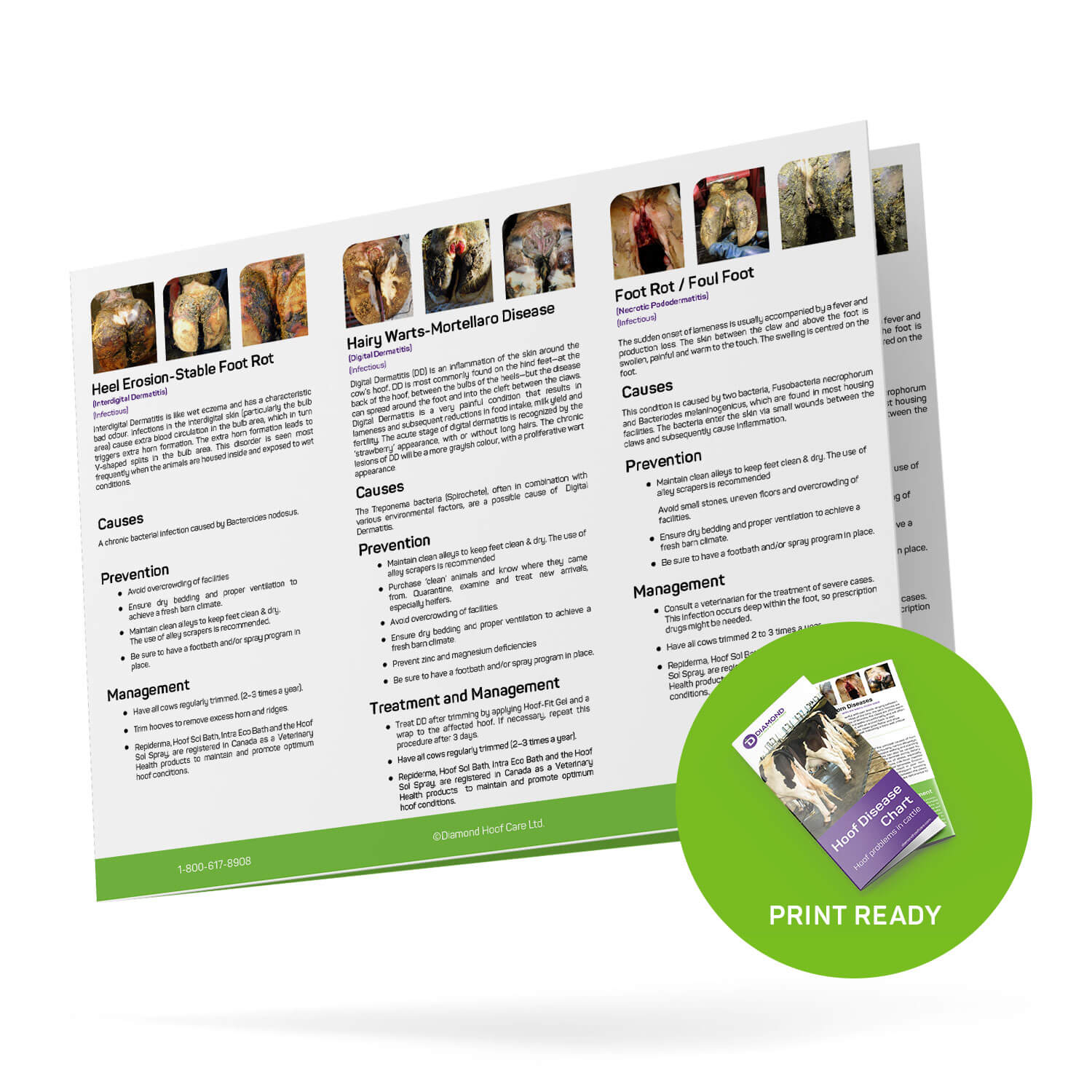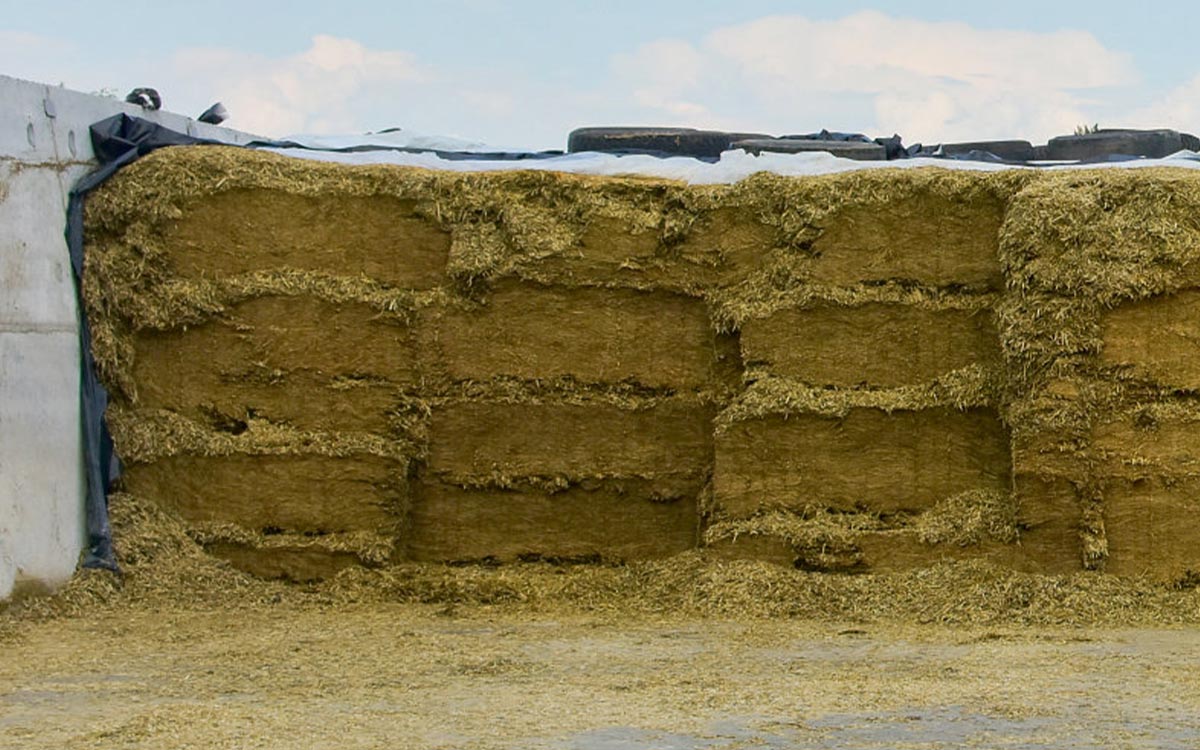Hornless cows have become a common sight today, a reality that could lead many of us to think that cows or bulls do not grow horns naturally. However, this is an erroneous assumption—cows grow horns unless they are bred as polled, dehorned, or disbudded as calves. This raises another key question: Do cow horns grow continuously?
The horns grow continuously throughout the cow’s life. This happens because cow horns are permanent, not seasonal. In addition, the hollow bone that makes up the core of the horn is the only bone in cows that grows perpetually.
It’s important to understand how cow horns grow to fathom why they grow continuously. I’ll discuss both issues in this article, as well as address the question of whether cow horns can grow back when broken or cut off. First, though, let’s have a quick definition of horns.
What Are Horns?
Horns are the hard growths that appear in pairs on the heads of cattle. They have a bone texture at the core and are covered with keratin on the outside. Keratin is the fibrous protein that’s also the primary material making up hooves, nails, hair, feathers, claws, and the external layer of the skin in vertebrates.
Different from antlers in, for example, wildlife, horns have a continuous shape and are not branched. In cattle, horns can vary in shape and size depending on breed and sex. Bulls tend to have longer and larger horns, and breeds like the Longhorn cows have longer horns than the commonly known dairy breeds.
While horns are sometimes linked with digestion, body temperature regulation, and breathing, their primary function in cows is defence against predators. That’s because cows are prey animals and had only their horns to protect themselves, their calves, and other cattle in their herd before they were domesticated.
![[B206]-Do-Cow-Horns-Continuously-Grow-What-You-Need-to-Know-cow-and-deer-horns-compared](http://cdn-5d2e57e3f911c80ef4a235f4.closte.com/wp-content/uploads/2022/10/B206-Do-Cow-Horns-Continuously-Grow-What-You-Need-to-Know-cow-and-deer-horns-compared.jpg.webp)
Do Cow Horns Grow Continuously?
Yes, they do. The hollow bone of the horn is the only bone that grows during a cow’s entire life, meaning that the horns grow continuously.
Unlike animals that have antlers and shed them seasonally, cows never shed the horn bone and sheath. Their horns never stop growing even though horn growth slows down as the cows get older.
For example, Texas Longhorn cows grow their horns their entire life, but they gain most of their horn length by the time they are six or seven years old. After that, horn growth significantly slows down. I’ve explained how long it takes for cow horns to grow in another article.
What Length Do Cow Horns Reach?
There’s no standard length for cow horns—it depends on the breed and the family line. In general, dairy breeds have relatively shorter horns than beef breeds.
Cow horn size can be measured in different ways.
- Tip to tip. Place the end of the measuring tape on the tip of one horn and extend it to the tip of the other horn.
- Total horn. The total length of each horn.
- Base circumference. The length at the base of each horn.
- Composite size. The sum of tip-to-tip length, the total for both horns, and the base circumference of both horns.
A study at Kansas State University that measured horn growth among Brahman and Longman heifers during a feedlot period of 194 days recorded notable differences in horn growth:
| Average Initial Measurement | Average Final Measurement | Total Average Growth | |
| Tip to Tip | 33.0 cm (13 in) | 44.4 cm (7.5 in) | 11.4 cm (4.5 in) |
| Total Horn (Single Horn) | 9.5 cm (3.7 in) | 17.0 cm (6.7 in) | 7.5 cm (3 in) |
| Base Circumference | 13.1 cm (5.2 in) | 16.2 cm (6.4 in) | 3.2 cm (1.3 in) |
Cow horn length can also be affected by wear or damage. Sometimes, damage to a cow’s horn leads to its irreversible loss.
Do Cow Horns Grow Back?
No, they don’t. If damage leads to partial or complete horn breakage, the cow remains that way for the rest of its life.
Cow horns grow continuously because of skin tissue at the horn bud. In most cases, horn damage or breakage destroys the horn bud tissue, just as dehorning does. Without the corium (the growth tissue), cow horns cannot grow afresh once damaged.
If a cow’s horn is even partially destroyed, this impacts the nerve and blood vessels. This is especially true when the damage affects the hollow bone of the horn (the one connected to the sinuses and growing continuously).
How Do Cow Horns Grow?
Like all other cow body parts, the horns begin to grow during gestation. Studies by the Davies Livestock Research Centre compared horned and polled cow fetuses and found that the horn bud in cows is already formed by day 58 of gestation. At this stage, the horn buds look like depressed skin. The bud is also denser than the surrounding tissues, having six to eight layers as opposed to one or two layers in adjacent tissues.
By the fifth month of gestation, cow fetuses have a small protrusion on the skull. This protrusion is what’s considered the horn bud at birth. Usually, the horn bud is a tiny, dark, and hairless patch covered by a rosette of hair.
Several weeks after birth, the horn bud develops further and grows upwards. By then, it is a sheath that connects to the skin (not the skull) and can be held and moved with the fingers.
By the time the calve is two to three months old, the forehead bone develops and grows into the horn sheath. Initially, the bone is a skeleton of cartilage but later becomes solid, attaching to the skull.
At 12 months, the frontal sinus that lies under the skull around the horn bud connects to the surrounding portion of the horn. The sinuses spread to the core of the horn as the cow grows, creating the hollow part of the horn. It is this hollow bone that will keep growing, even when the cow fully matures.
Conclusion
Unless they are intentionally bred as polled, dehorned, or disbudded as calves, cows will naturally develop horns. Horn development commences during gestation and continues throughout the cow’s life, which explains why cow horns grow continuously.
The length of a cow’s horn is primarily determined by its breed and family genes. If damaged due to an accident or a dehorning procedure, the horns remain so for the rest of the cow’s life: They won’t grow back.

Hoof Disease Reference Chart
Sources
- Demeter: Why cows have horns
- Animal Diversity Web: Horns and Antlers
- U.S. Fish & Wildlife Service: Antlers!
- The Cattle Site: How Much do Horns Grow Through the Feedlot Phase?
- Ontario MINISTRY OF AGRICULTURE, FOOD AND RURAL AFFAIRS: Dehorning of Calves
- The University of Adelaide: How do horns grow in cattle?
- PetKeen: Do Female Cows Have Horns? What You Need To Know!
- Signet Breeding Services: Breeding for Polling in Cattle
- Star Creek Ranch: Everything You Need to Know About Texas Longhorn Horn Length
- Dehorning: Dehorning Calves and Regrowth: When Horns Come Back




